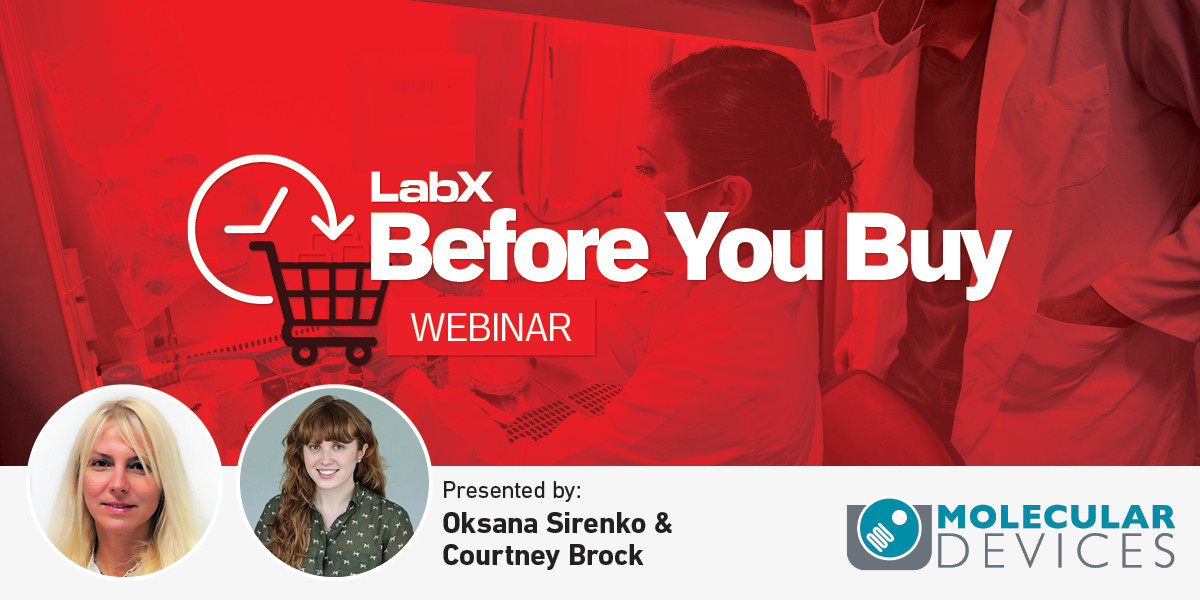
Using Lab Automation to Treat Clinically Aggressive Cancers
Wed, Jun 28th 2023, 5:00 PM

Using Lab Automation to Treat Clinically Aggressive Cancers
Wed, Jun 28th 2023, 5:00 PM
Triple negative breast cancer is a clinically aggressive subtype of breast cancer with a high rate of drug resistance and few clinically approved targeted therapies. Moreover, traditional two-dimensional cell culture is unable to fully replicate the complexity of in vivo conditions during drug screens, making it an unreliable predictor for success in clinical trials. Therefore, there is a critical need to develop laboratory models of triple negative breast cancer with greater clinical relevance. This can be accomplished through the use of three-dimensional patient-derived spheroids. Patient-derived models provide substantial advantages: they maintain the cellular heterogeneity of tumors as well as the complex stroma. Additionally, three-dimensional culture techniques which generate spheriods maintain important characteristics found in vivo, such as cell-cell interactions. The Burow/Collins-Burow laboratory has characterized and generated a library of patient-derived xenografts (PDXs) and patient-derived cell lines (PDCs) generated from donated tissue from breast cancer patients in New Orleans. PDXs and PDCs can be used to generate three-dimensional culture models, including organoids and spheroids. Through using these models rather than immortalized cell lines, studies will have higher relevance to in vivo models and greater clinical relevance.
Become a member and enjoy exclusive benefits
Create an account now for exclusive benefits, personalized recommendations, and seamless order tracking. Elevate your lab experience today!

